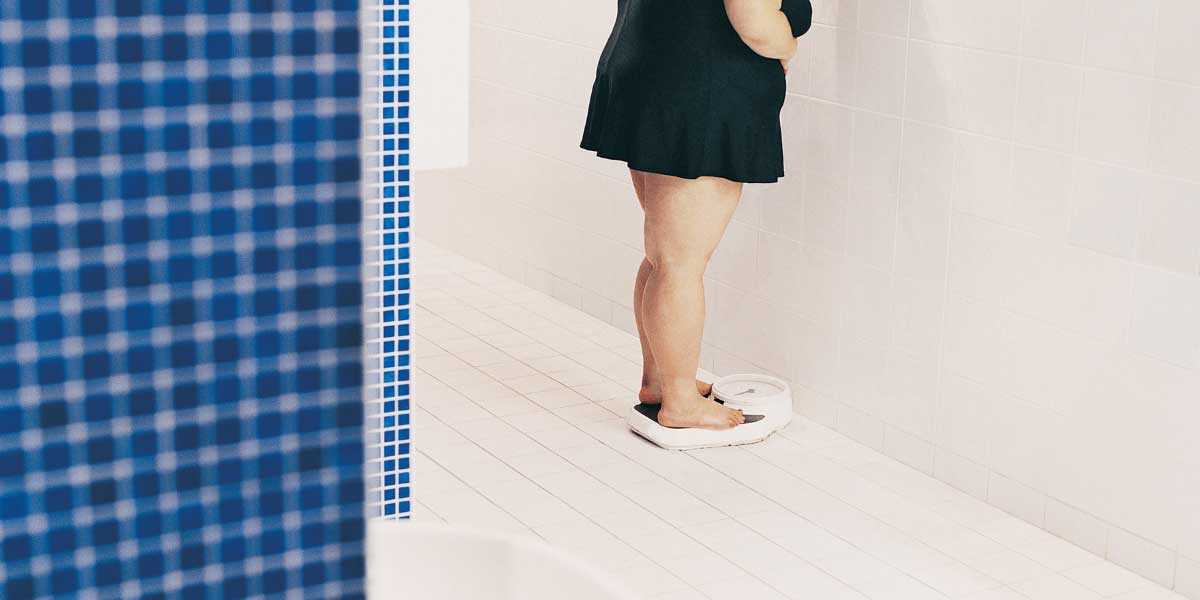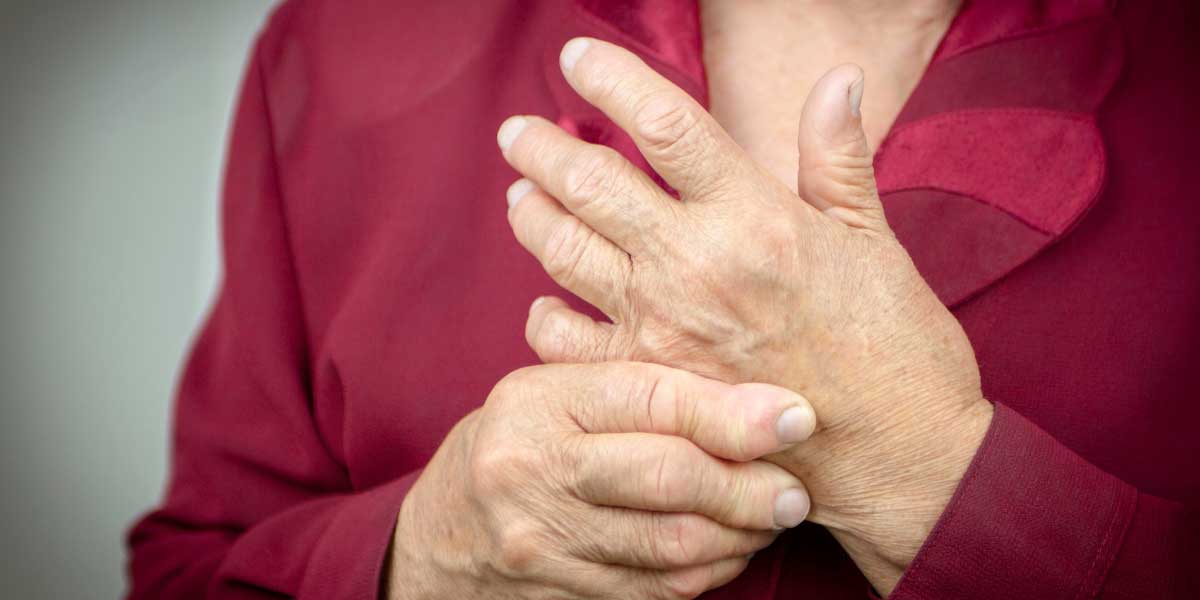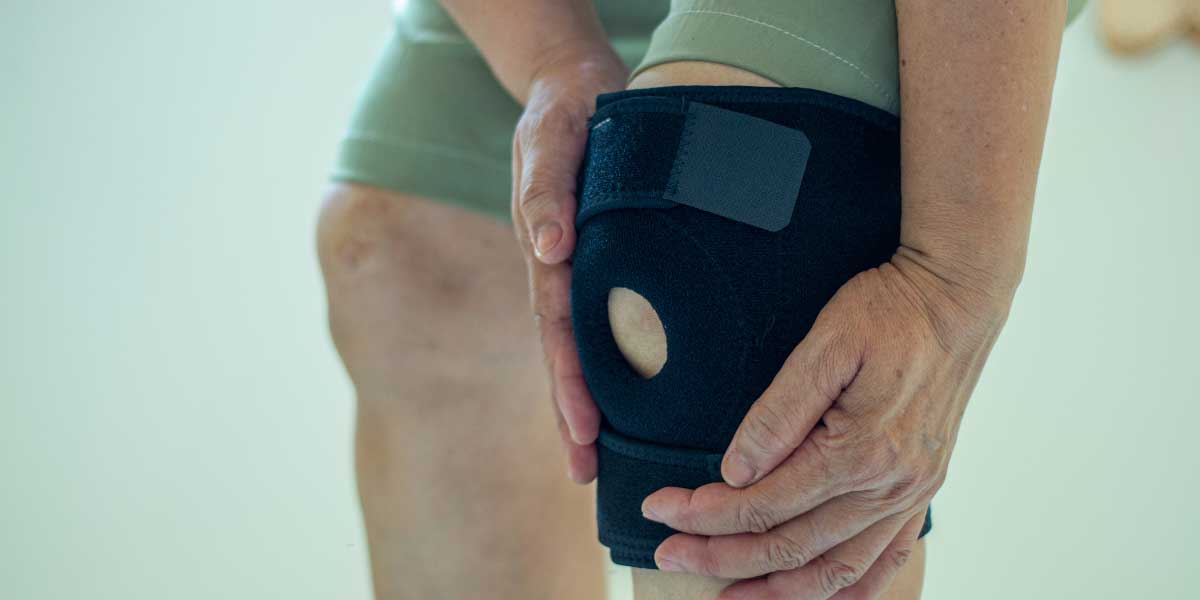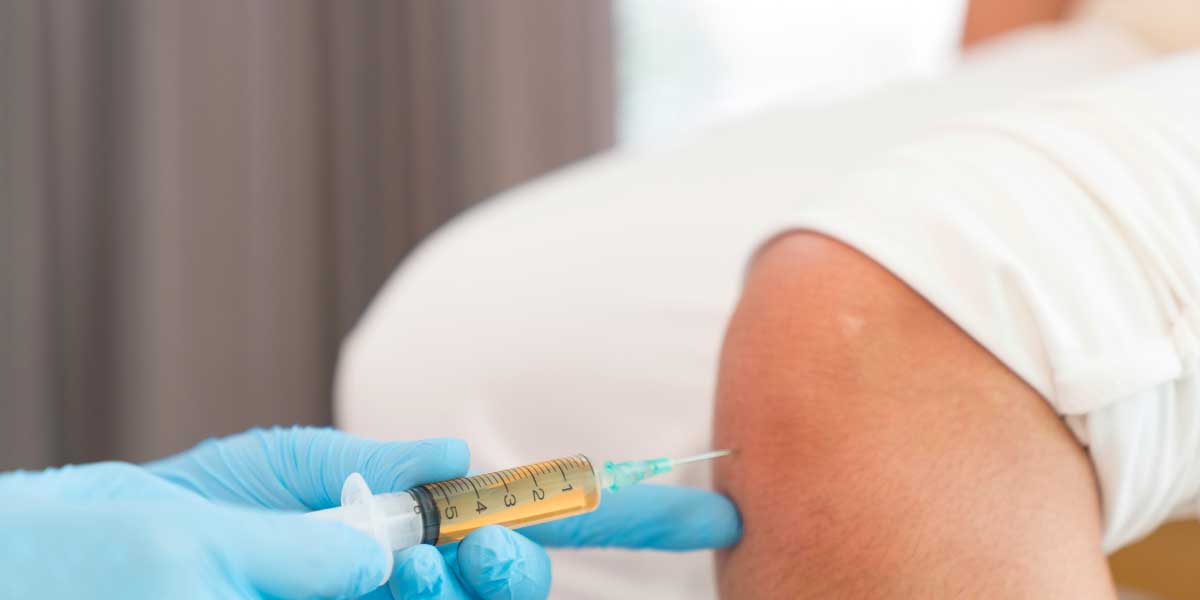
Joint pains are a common complaint in the ageing population. The most common of them is due to Osteoarthritis (OA), which is a gradually worsening joint disease which affects about 10-20% of Malaysians.
A joint is like space where two bones are connected. The surface of these bones are covered by cartilage, which keeps the bones from rubbing against each other. As we get older, this cartilage can get worn off, exposing the bone underneath. When the bones rub against each other, this causes pain and a host of other problems.
Let’s take for example a fictional story of Ms Rahimah.
At the age of 60, she is a retiree who spends most of her time at home performing house chores and taking care of her grandchildren. She starts to notice that her knees get stiff and painful after a long day. Gradually, she may find it difficult to carry out simple daily tasks such as climbing stairs.
As the disease worsens, her quality of life will be severely impaired.
Therefore, it is important to be aware of the risks of getting OA and how one might be able to manage the disease.
Who is at risk?
Ms Rahimah may be living a healthy life. However, there are certain risk factors for OA which are fixed or cannot be changed. An example is her gender and age.
Increasing age
As we age, our bodies accumulate damage from our daily activities.
Our joints and surrounding bones and muscles age as well, increasing the likelihood of developing OA.
Female gender
Women have a slight difference risk for OA as compared to their male counterparts. They may have more flexible joints which may increase the risk for OA.
Additionally, women have lower levels of testosterone, which functions to strengthen the joint by building muscle.

Higher BMI
Joints such as the knee and hip help support our weight. An overweight individual may be putting more strain on their joints, increasing wear and tear.
Additionally, the higher number of fat cells may promote swelling or damage to the joints, accelerating the process of developing OA.
A previous joint injury
It is estimated that 12% of OA cases are due to a previous joint injury.
A person could have had a fall, a motor vehicle accident, or a sports injury.
This increased risk may be due to the release of key substances in response to a joint injury. These substances promote low-grade swelling and may slowly damage the joint cartilage over time.
Genetics
If your family member has OA, chances are likely that you may develop OA during your lifetime.

What are the symptoms of osteoarthritis?
The symptoms vary from individual to individual and can be different depending on which joint is affected. It is important to consult a doctor’s advice to find out if a person may have OA.
Puan Rahimah visits her family doctor to get their advice on her condition. The doctor proceeds to ask several questions about her problem.
“Could you tell me more about the problems you are having with your joints?” Asks the doctor
Ms Rahimah explains:
“I get pain in the joints regularly. It seems to get worse and swell at the end of the day after doing household chores. Sometimes, my knees feel unstable, like they might give way and make me fall, which is worrying. My knees and fingers also feel stiff in the morning when I just woke up.”
Ms Rahimah presents with typical signs and symptoms of OA.
Here are other examples of signs and symptoms that the doctor may ask of her.
An altered way of walking
When OA affects the joints such as the knee or hip, it can interfere with the way we walk. This may produce a limp and adds stress to other joints. This can drastically affect a person in performing their daily activities, lowering their quality of life.
Bony swelling
When OA affects the hands, a person may notice that they have difficulty performing dexterous and fine movements. Examples are writing and sewing.
Clicking or grinding sensation
A joint affected by OA may produce clicking noises or a grinding feeling with movement. This can cause discomfort or pain.
It is important to treat individuals like Ms Rahimah who have OA. This is because they have a higher risk of falls by as much as 30%. They may also have higher rates of diabetes and heart disease as reduced mobility makes it harder for them to exercise.

How is osteoarthritis treated?
Lifestyle changes
Since obesity is a risk factor for OA, Ms Rahimah may need to lose some weight to reduce pain and improve joint function. This is largely beneficial for the knee joint, which supports a lot of our weight as we walk.
Physical activity can also help to strengthen the muscles around the joints, reducing the strain on the joint. Water exercises are recommended as it is less strenuous for the joints to move around in soothing water.
For knee OA, Ms Rahimah can try special walking shoes with braces or supports that can help improve mobility by reducing pain and stiffness.
Pharmacological treatment
The doctor may prescribe Ms Rahimah with painkillers such as paracetamol (Panadol) and NSAIDs (Non-Steroidal Anti-inflammatory Drugs). They can help reduce pain as she goes about her daily activities.
Although, the doctor will caution Ms Rahimah on the side effects of the medications, such as the increased risk of stroke or stomach ulcers.
Ms Rahimah may try oral supplements of glucosamine sulfate which are available in local pharmacies. The rationale of this approach is that glucosamine is a substance required by the body to make new cartilage. Hence, it is worth giving a try.
She may also opt for weekly injections of corticosteroids into the knee for short term pain reduction in knee OA.

Alternative treatments
Studies have shown that acupuncture and applying ginger extract over the affected joint may provide short term pain relief.
Both treatment modalities are largely safe without any serious side effects.
Surgery
In severe cases of OA, the patients may be unable to even perform basic daily self-care such as walking around or dressing.
If Ms Rahimah’s condition is unable to improve with other treatment options, surgery may be considered.
Examples are total joint replacements of the knee or hip. They can significantly improve the patient’s mobility and pain. However, certain activities like high-impact sports will have to be avoided to ensure the lastingness of the implanted joint.
In conclusion, OA is a serious disease that can severely affect one’s daily living. However, it can be managed if detected early and treated appropriately.